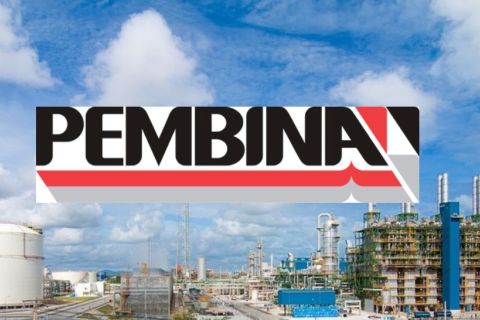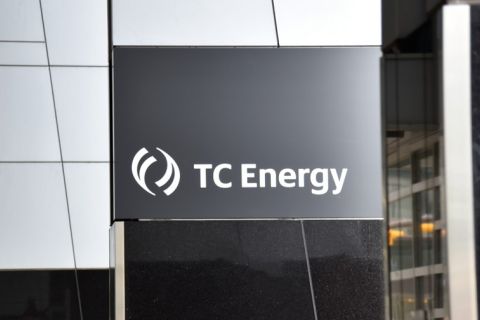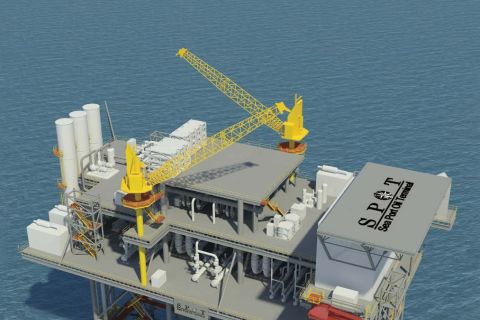Oil and gas pipeline companies reaped the rewards of record U.S. oil and gas production in late summer, and many midstream companies continued the trend of growing through acquisitions.
The strong earnings reported by midstream companies for the third quarter indicate a competitive market that’s driving growth and mergers, one analyst said.
“Acquisitions, unnecessary growth capex and aggressive dividend growth would have been concerning headlines in prior midstream cycles, but the multiples on acquisitions seem very reasonable and the assets are strategic with synergies,” said Hinds Howard, a portfolio manager at CRBE Investment Management.
In its October report, the Energy Information Administration (EIA), reported that daily average crude production in the U.S. hit an average of 13.05 MMbbl/d in August, a record high. Gas production in the Lower 48 also set a daily record, averaging 446,254 MMcf.
The added production has resulted in low prices for natural gas, which have remained below $3.70 per MMBtu since Jan. 10, 2023. On Nov. 13, natural gas traded at $3.14/MMBtu. The drop in commodity prices caused earnings for many companies to fall, quarter-to-quarter, from 2022. However, Howard said he saw strong fundamental results overall for the quarter and expected trends to continue.
Many midstream companies, while working on longer-term projects to increase capacity on their networks, also bought other businesses to immediately expand their capacity or shore up their customer base.
In August, Energy Transfer paid $7.1 billion to acquire Crestwood, adding approximately 2 Bcf/d gas gathering capacity and 340,000 bbl/d crude gathering capacity to Energy Transfer’s network. The acquisition closed on Nov. 3.
In September, Enbridge, one of the largest midstream companies in the U.S. and Canada, announced deals that company leaders said would also make it the largest gas utility in the country, as it acquired multiple companies from Dominion Energy for an aggregate purchase price of $14 billion. The group of gas utilities could deliver more than 9 Bcf/d of gas.
In July, Plains All American Pipeline acquired Rattler Midstream’s interest in the Southern Delaware Basin crude oil gathering system and LM Energy’s Northern Delaware Touchdown crude oil gathering system for aggregate cash consideration of about $205 million.
The acquisitions continued in the fourth quarter. On Nov. 2, Williams Cos. announced two acquisitions in Colorado’s Denver-Julesburg Basin at a combined value of $1.27 Billion. Days later, Kinder Morgan announced it was buying NextEra Energy’s South Texas pipeline network, STX Midstream, for $1.8 billion.
Kinder Morgan also announced during its third-quarter earnings call that it will add 550 MMcf/d of capacity through its Permian Highway Project expansion, which will take volumes from the Permian Basin to U.S. Gulf Coast markets. The project has an in-service date of December 2023.
Most midstream companies performed well, with 16 of 20 midstream businesses tracked by East Daley Analytics surpassing market expectations on their EBITDA. Kinder Morgan and Targa both missed expectations, according to East Daley, but were working on large-scale projects at a time of low natural gas prices.
“The growth capex so far hasn’t impaired balance sheets and seems to be supported by volume growth,” Howard said, adding that many companies are growing their dividends to stockholders without much risk.
“Dividend growth is off a low base that also doesn’t strain balance sheets,” he said.
Among companies raising dividends, MPLX announced a quarterly distribution of $0.85 per unit, which was a 9.7% increase over the second quarter. Western Midstream declared a quarterly dividend of $0.5750, representing a 2.2% increase quarter over quarter.
And Energy Transfer upped its distribution to $0.3125 per unit, a 0.8% increase over second-quarter 2023. For the year, the company raised its distribution payout by $0.0025 in each of the first three quarters.
Recommended Reading
Pembina Pipeline Enters Ethane-Supply Agreement, Slow Walks LNG Project
2024-02-26 - Canadian midstream company Pembina Pipeline also said it would hold off on new LNG terminal decision in a fourth quarter earnings call.
Enbridge Announces $500MM Investment in Gulf Coast Facilities
2024-03-06 - Enbridge’s 2024 budget will go primarily towards crude export and storage, advancing plans that see continued growth in power generated by natural gas.
TC Energy's Keystone Oil Pipeline Offline Due to Operational Issues, Sources Say
2024-03-07 - TC Energy's Keystone oil pipeline is offline due to operational issues, cutting off a major conduit of Canadian oil to the U.S.
TC Energy’s Keystone Back Online After Temporary Service Halt
2024-03-10 - As Canada’s pipeline network runs full, producers are anxious for the Trans Mountain Expansion to come online.
Enterprise Gains Deepwater Port License for SPOT Offshore Texas
2024-04-09 - Enterprise Products Partners’ Sea Port Oil Terminal is located approximately 30 nautical miles off Brazoria County, Texas, in 115 ft of water and is capable of loading 2 MMbbl/d of crude oil.




